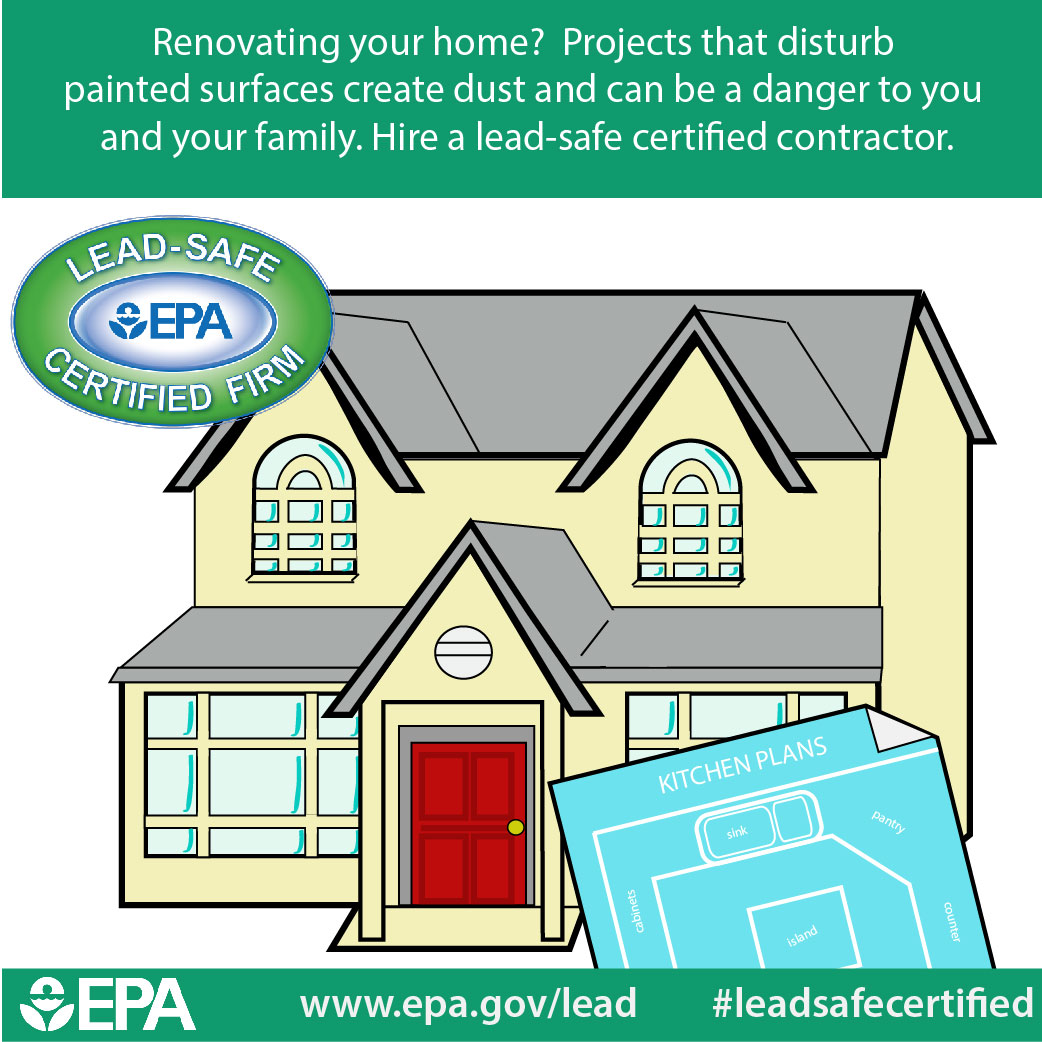Establish Your Walls Up For Paint With Basic Suggestions And Techniques That Ensure An Impressive Surface-- Find Out The Essential Actions To Advance Your Project
Establish Your Walls Up For Paint With Basic Suggestions And Techniques That Ensure An Impressive Surface-- Find Out The Essential Actions To Advance Your Project
Blog Article
Writer-Terp Bland
When you're prepping your wall surfaces for paint, it's critical to comply with a methodical process to ensure a remarkable coating. Start by checking out the wall surface for any type of damages; this action can make or damage your task. As soon as you've determined any kind of concerns, cleaning the surface area correctly is vital, as an unclean wall can impact paint attachment. Afterwards, you'll require to patch any imperfections and apply a guide. Yet there specify strategies and ideas that can boost your prep work game-- let's discover those further to accomplish the best outcomes.
Assessing Wall Problem
Prior to you order your paintbrush, take a minute to analyze your walls' condition. Check for any kind of visible damage like cracks, openings, or peeling paint. These imperfections can affect how the paint sticks and looks as soon as it's dry. If you see any kind of significant damage, you'll require to focus on repairs before diving into painting.
Look carefully at the appearance of your wall surfaces. Is the surface smooth, or is there texture that might call for special factor to consider? Smooth wall surfaces usually need much less preparation, while distinctive surfaces may need more time to paint equally.
Also, take into consideration the previous paint task. If the old paint is glossy, it mightn't allow new paint to stick properly. https://small-job-painters-near-m11087.actoblog.com/33889186/best-practices-for-budgeting-an-industrial-outside-painting-task-without-giving-up-quality 'll wish to know if your wall surfaces have been painted with oil-based or water-based paint, as this can affect your selection of guide or paint.
Lastly, take note of any kind of moisture problems. If you see indications of water damage or mold, address these issues right away to avoid additional complications.
Cleaning up the Surface
As soon as you've examined the problem of your walls, the next step is cleaning up the surface. Start by gathering your products: a pail, cozy water, a moderate detergent, a sponge or cloth, and a scrub brush for tougher areas.
Begin on top edge of the wall surface and work your means down. Mix the cleaning agent with cozy water in your container, after that dip the sponge or cloth right into the remedy. Wring it out to stay clear of extreme moisture on the wall surfaces.
As you cleanse, pay very close attention to areas that may've accumulated dust, grease, or fingerprints. For persistent stains, utilize the scrub brush delicately to avoid harming the paint underneath. Rinse your sponge or towel often in clean water to stop spreading out dirt around.
After cleansing, it's important to wipe the wall surfaces with a moist towel to get rid of any soap residue. This action ensures a smooth surface area for the brand-new paint to adhere to.
Allow the walls to completely dry completely before moving on to the next preparation steps. This thorough cleaning process will certainly help develop a fresh canvas for your painting job, ensuring the best results.
Patching and Priming
Patching and priming are essential steps in preparing your walls for a fresh coat of paint. Initially, inspect your wall surfaces for any openings, cracks, or blemishes. Use a high-quality spackling substance or patching paste to fill these areas.
Apply the compound with a putty blade, smoothing it out so it's flush with the bordering surface. Permit it to dry entirely, and then sand it gently until it's smooth and even.
Once you've patched everything, it's time to prime. Guide helps seal the patched areas, guaranteeing the paint adheres effectively and provides an uniform surface. Select a guide suitable for your wall surface kind and the paint you'll be using.
Use the guide making use of a roller for larger locations and a brush for edges and sides. If your covered locations are substantially big or porous, you may wish to apply a 2nd coat of primer after the first one dries out.
After priming, allowed every little thing dry completely before going on to painting. This prep work will not only enhance the appearance of your walls but additionally prolong the life of your paint work.
Take your time, and you'll be pleased with the results.
Verdict
By following these basic steps, you can attain a smooth and professional surface on your walls. Start by evaluating their condition, then tidy and patch any kind of flaws before using guide. Keep in mind to allow adequate drying out time and guarantee everything is smooth prior to you study paint. With the right preparation, you'll establish the stage for an attractive change in your area. Currently, collect your materials, take in the fresh air, and get ready to paint!
